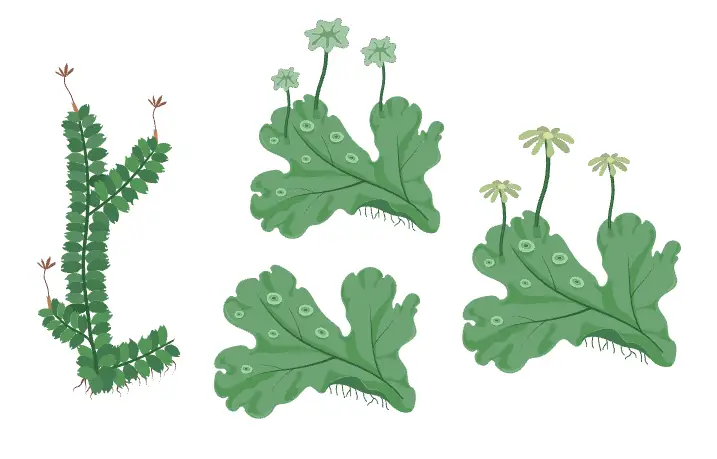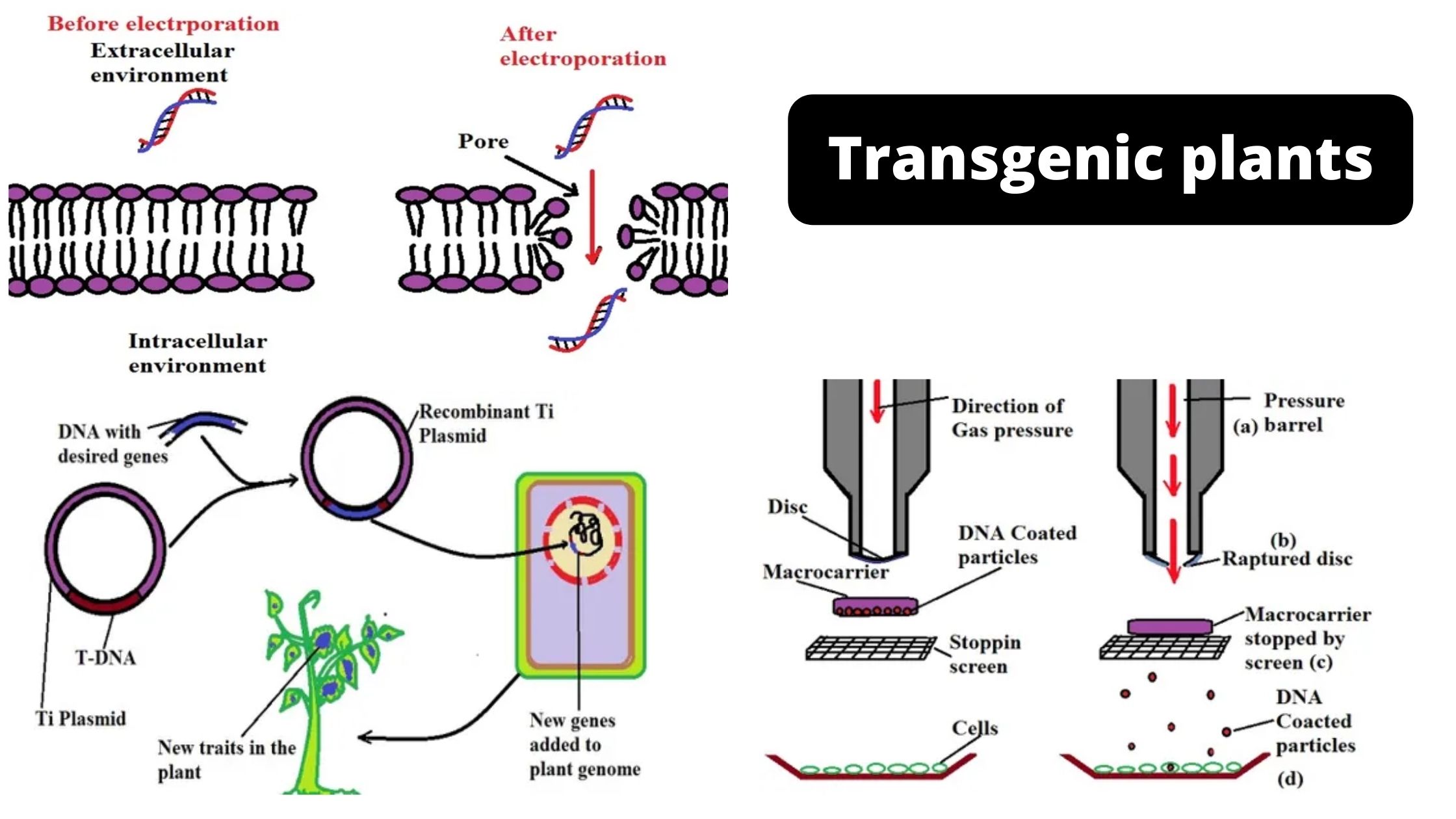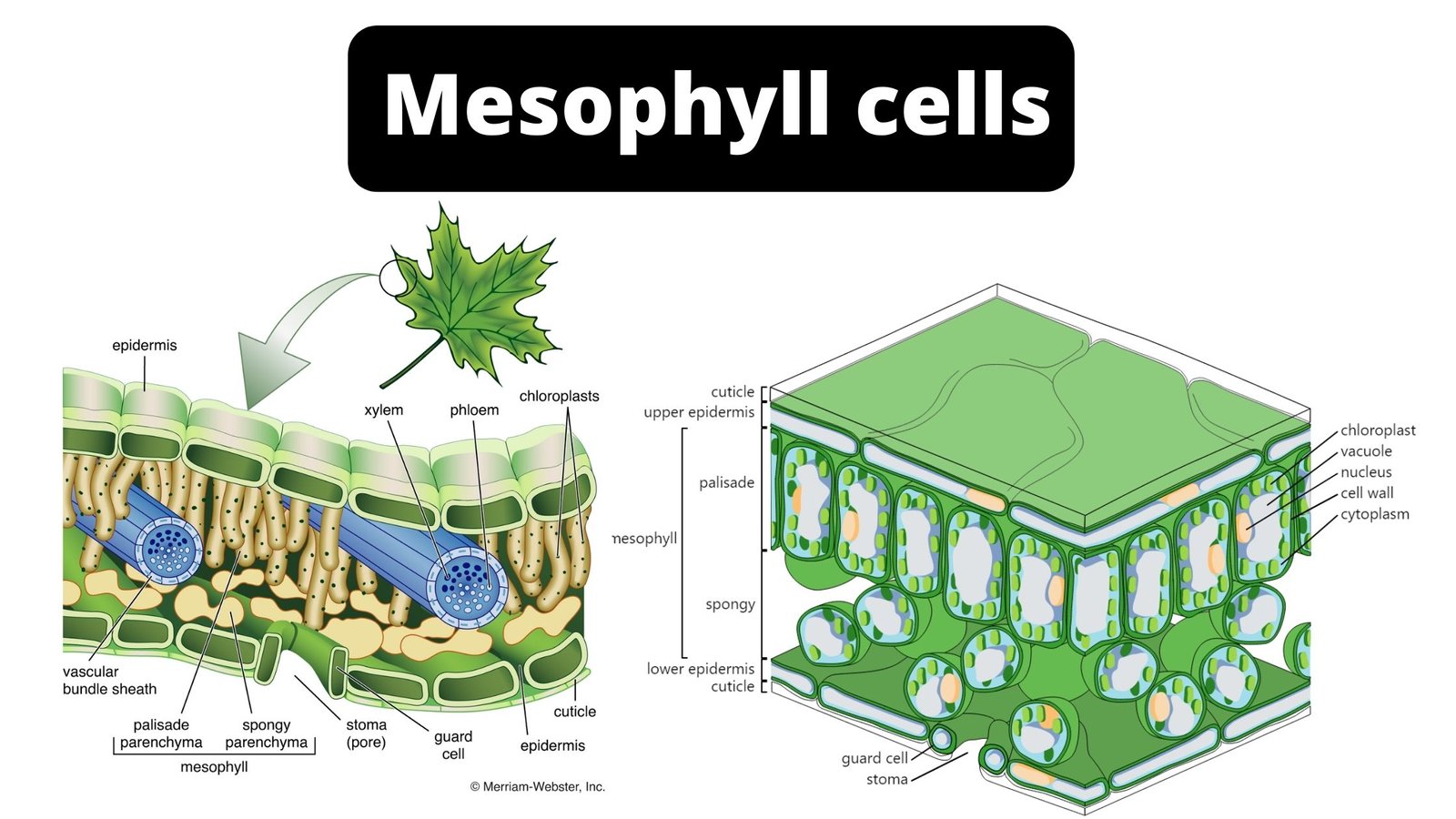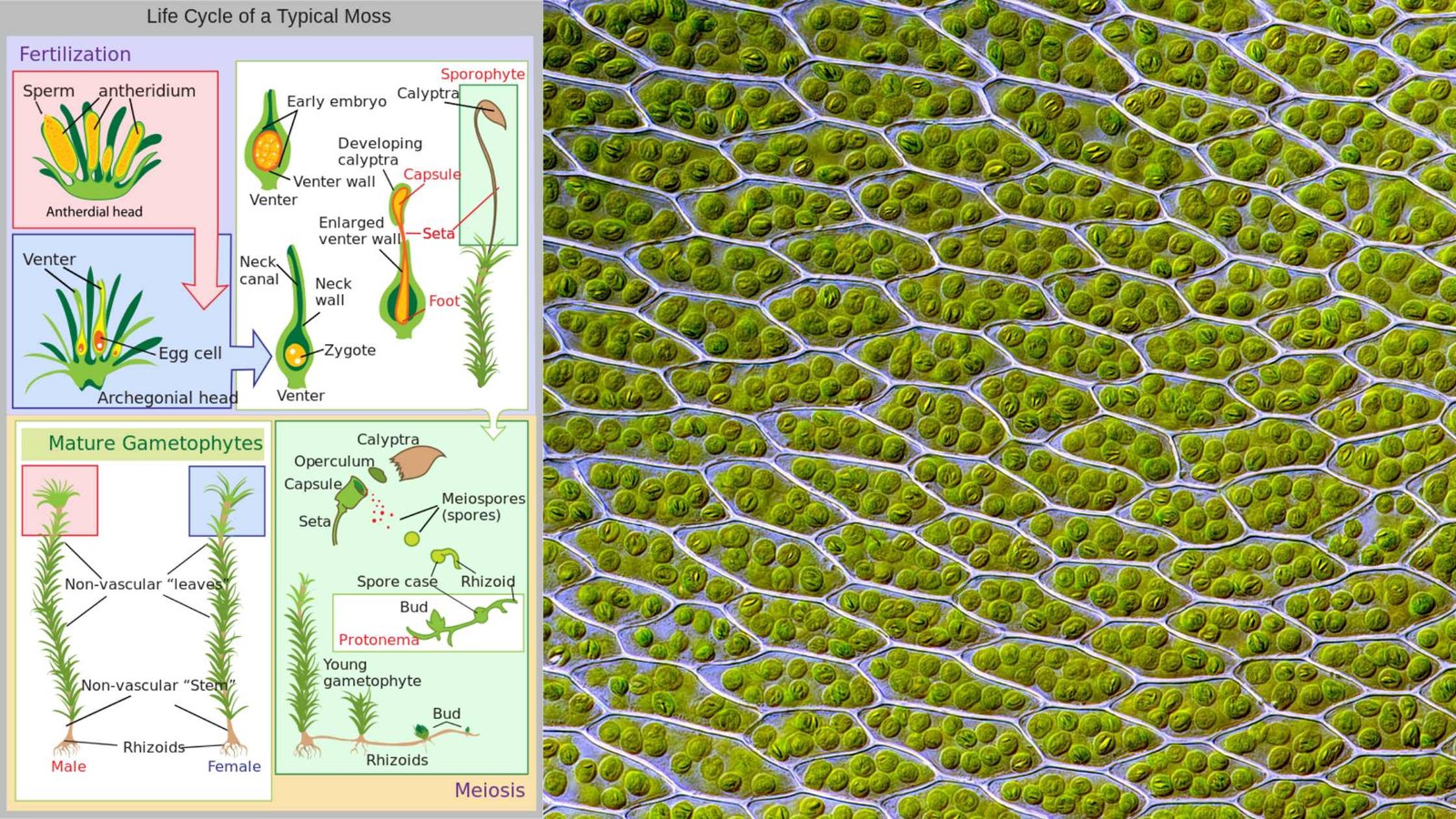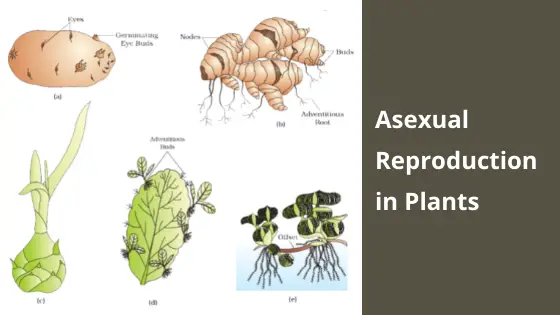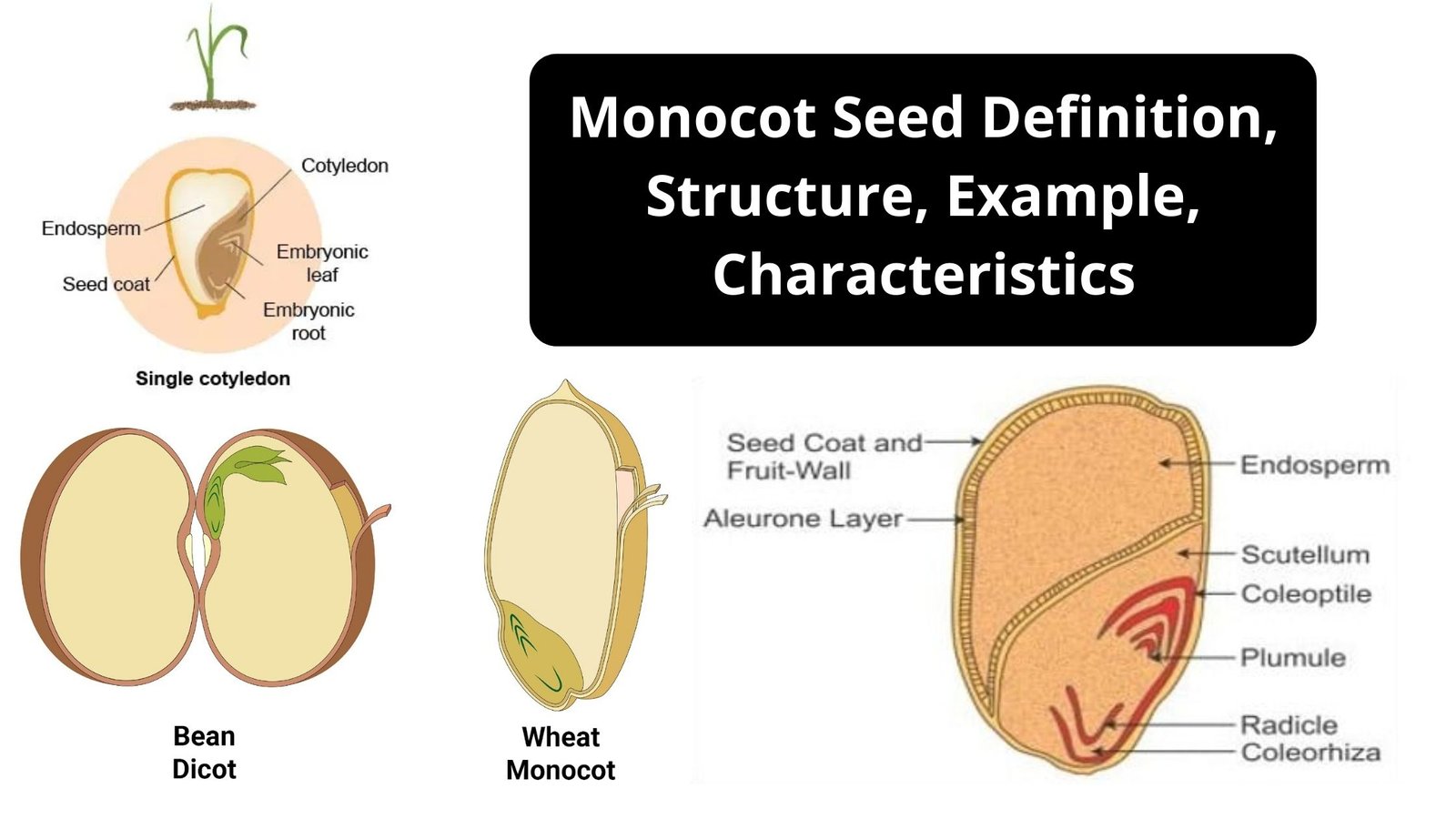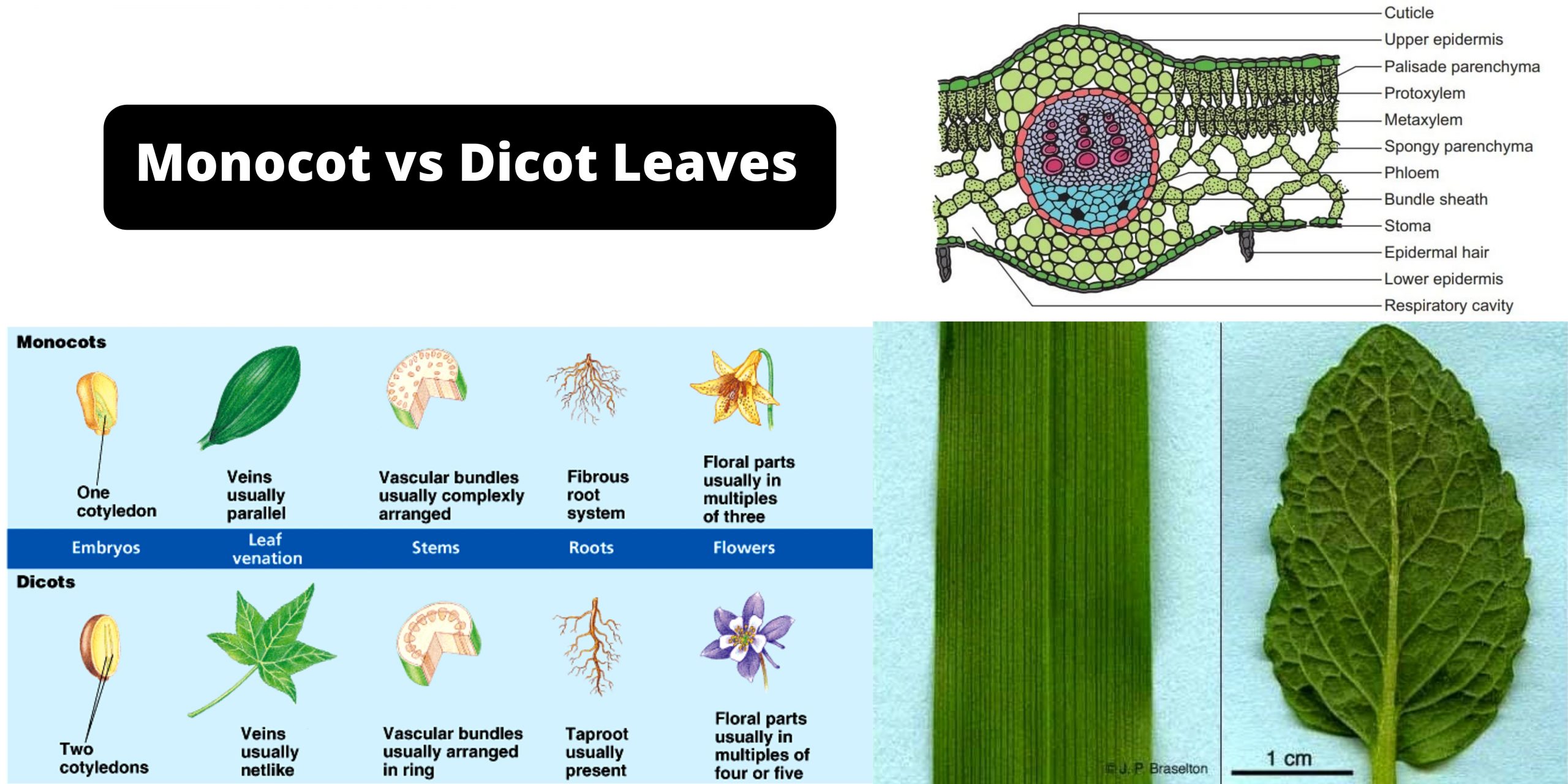Liverworts – Characteristics, Morphology, Reproduction, Classification
What are Liverworts? Habitat of Liverworts Liverworts, being bryophytes, exhibit a preference for moist environments due to their susceptibility to desiccation. Their plant bodies lack complete protection against drying out, necessitating habitats that provide abundant moisture. Consequently, liverworts thrive in shady, humid areas where the soil remains consistently damp. Common habitats for liverworts include: Types … Read more

